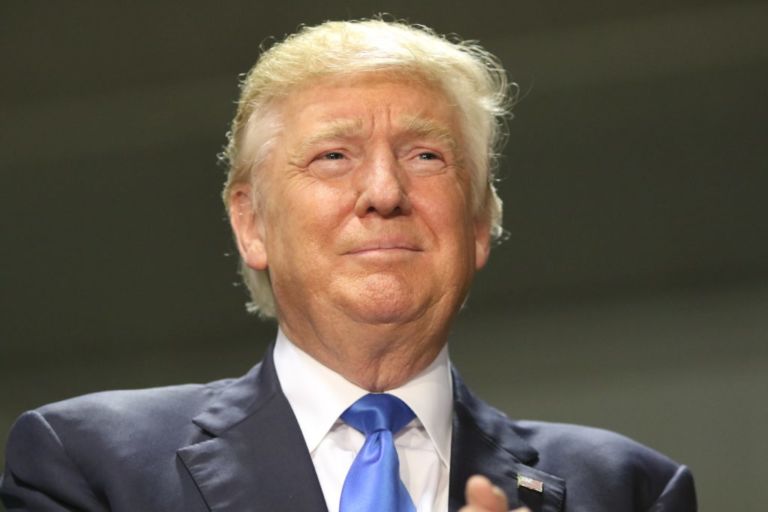Neal Freeman writes for National Review Online about the re-emergence of Florida’s governor after his failed presidential bid.
I am pleased to report that Governor Ron DeSantis is back. All the way back. He experienced a bump in the road, as you may have heard, three months ago in Iowa. It was the first bump in a smoothly ascending career. …
… By 2018, DeSantis was in Tallahassee, as governor of what was then the most important swing state in the country. He won the gubernatorial election that year, it should be noted, not on the basis of a stellar congressional career, nor a chiliastic campaign platform, but because he was supported by Donald J. Trump, who was, then as now, the single most powerful Republican in the nation. DeSantis won by a whisker over an unknown and ethically challenged weirdo of no fixed sexual address.
DeSantis had something to prove, and he proved it. In his first term, he took charge of a fractious GOP, compiled a textbook record of conservative reform, and, in 2022, ran up an historic reelection margin of 19 points, carrying with him super-majorities in both houses of the state legislature. It was a personal triumph. …
… And then a remarkable thing happened. Ron DeSantis stepped up. He deftly pulled power back to his own office, recommitted to his role as chief executive, and began to remind voters that he had been and could once again be a first-class governor. Polls this past weekend confirmed that DeSantis is now the most popular political figure in the state — more so than Senator Rick Scott now running for reelection, more so than Senator Marco Rubio, more so than Donald J. Trump.
Here’s a safe prediction: There will be a second act in national life for Ron and Casey DeSantis. They’re still more than 30 years younger than Donald J. Trump.


